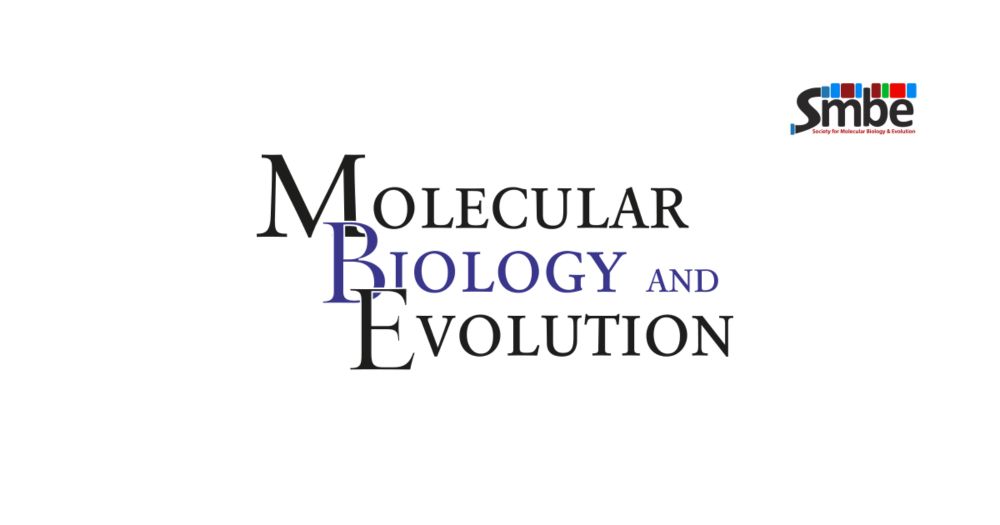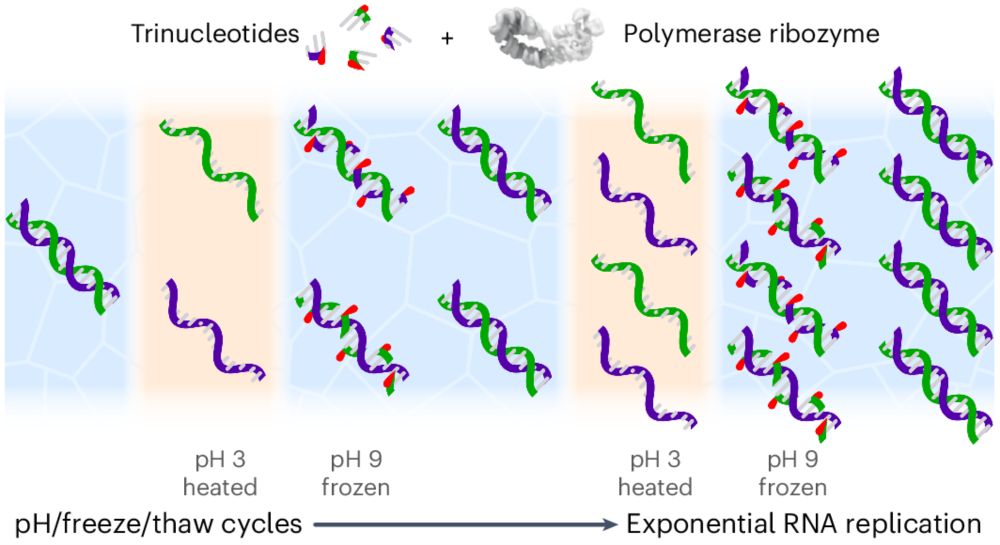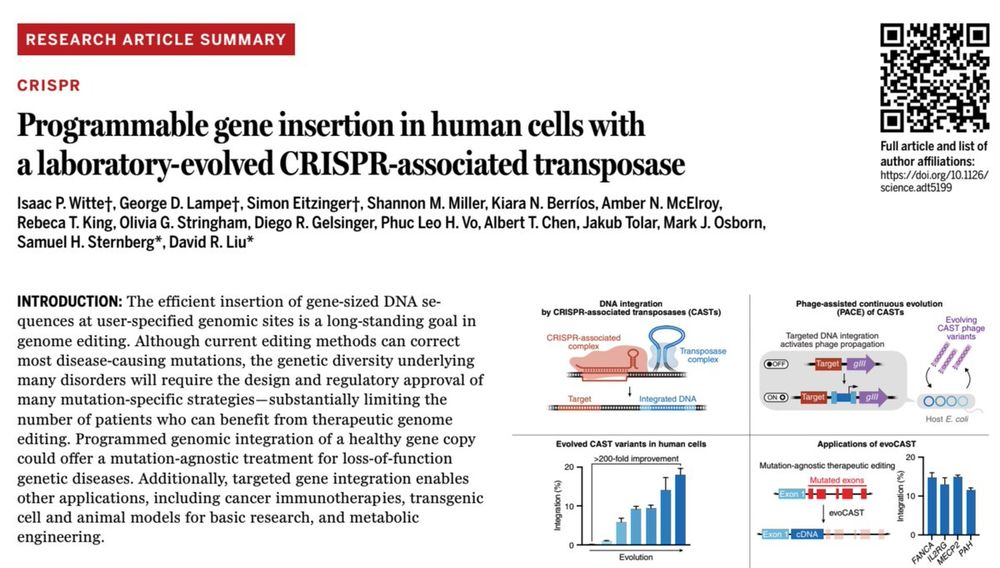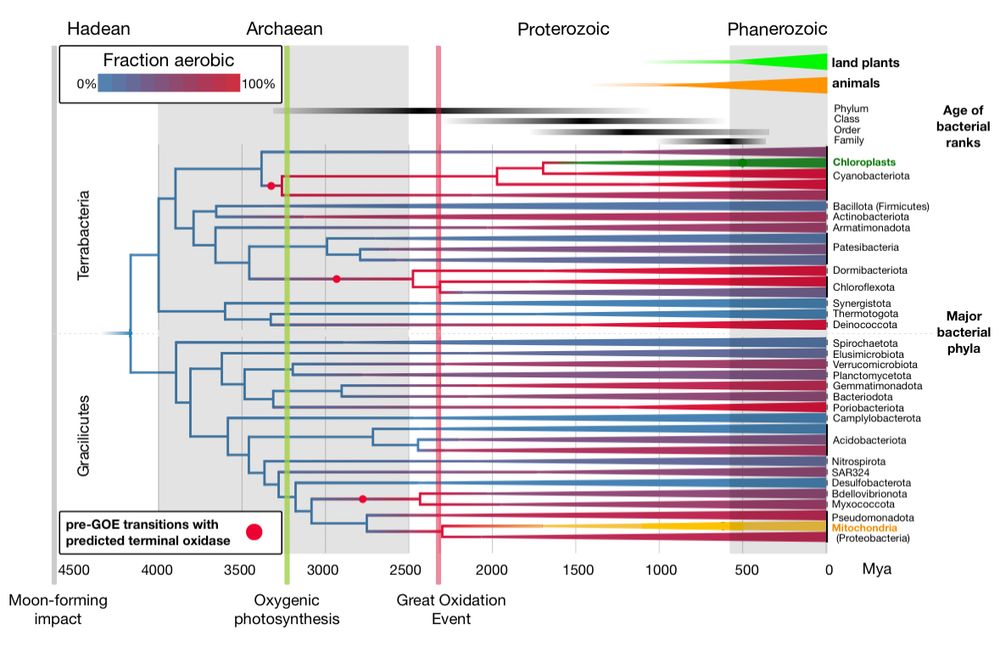
We used RNA inverse folding to design synthetic Group II Introns (G2Is) from the bottom up, resulting in highly active #ribozymes that splice in E. coli without proteins!
#intron #RNAsky #SynBio 🧬🧵(1/n)
🌐 evedesign.bio
🌐 evedesign.bio
Today, we report the discovery of telomerase homologs in a family of antiviral RTs, revealing an unexpected evolutionary origin in bacteria.
www.biorxiv.org/content/10.1...

Today, we report the discovery of telomerase homologs in a family of antiviral RTs, revealing an unexpected evolutionary origin in bacteria.
www.biorxiv.org/content/10.1...

If you aren’t using RNAcanvas to draw your RNA structures and explore alternative structures, you are missing out! 56 citations in a year, with multiple ones in top journals like Nature, Science & Cell. Easy to use and packed with unique features! Try it!
academic.oup.com/nar/article/...

If you aren’t using RNAcanvas to draw your RNA structures and explore alternative structures, you are missing out! 56 citations in a year, with multiple ones in top journals like Nature, Science & Cell. Easy to use and packed with unique features! Try it!
academic.oup.com/nar/article/...
Gerardo and thanks to all collaborators! 🔗https://pubs.acs.org/doi/10.1021/acs.nanolett.5c02391

Gerardo and thanks to all collaborators! 🔗https://pubs.acs.org/doi/10.1021/acs.nanolett.5c02391
We used RNA inverse folding to design synthetic Group II Introns (G2Is) from the bottom up, resulting in highly active #ribozymes that splice in E. coli without proteins!
#intron #RNAsky #SynBio 🧬🧵(1/n)

We used RNA inverse folding to design synthetic Group II Introns (G2Is) from the bottom up, resulting in highly active #ribozymes that splice in E. coli without proteins!
#intron #RNAsky #SynBio 🧬🧵(1/n)

www.pnas.org/doi/10.1073/...
www.pnas.org/doi/10.1073/...

www.biorxiv.org/content/10.1...

Nowadays, H₂-dependent archaea rely on partnerships with organisms that produce hydrogen. But on early Earth, when life began, archaea were probably on their own. So, where did they get the H₂ from? Let’s dig into the science.
#Science #OriginOfLife
(1/5)
Nowadays, H₂-dependent archaea rely on partnerships with organisms that produce hydrogen. But on early Earth, when life began, archaea were probably on their own. So, where did they get the H₂ from? Let’s dig into the science.
#Science #OriginOfLife
(1/5)
the Liu group we report the development of a laboratory-evolved CRISPR-associated transposase (evoCAST) that supports therapeutically relevant levels of RNA-programmable gene insertion in human cells. drive.google.com/file/d/1I-Ub...

the Liu group we report the development of a laboratory-evolved CRISPR-associated transposase (evoCAST) that supports therapeutically relevant levels of RNA-programmable gene insertion in human cells. drive.google.com/file/d/1I-Ub...


www.nature.com/articles/s41...

www.nature.com/articles/s41...
www.biorxiv.org/content/10.1...

www.biorxiv.org/content/10.1...
cordis.europa.eu/project/id/1...

cordis.europa.eu/project/id/1...
www.biorxiv.org/content/10.1...
www.biorxiv.org/content/10.1...
@NAR_Open
! A #ribozyme can self-integrate into and hydrolyze ss- & dsDNA, offering a new avenue for the development of protein-free genome editing tools, and hinting at the possibility of a pre-translation origin of group II introns (G2Is). 🧬🧵 (1/7)
#intron #RNAworld


